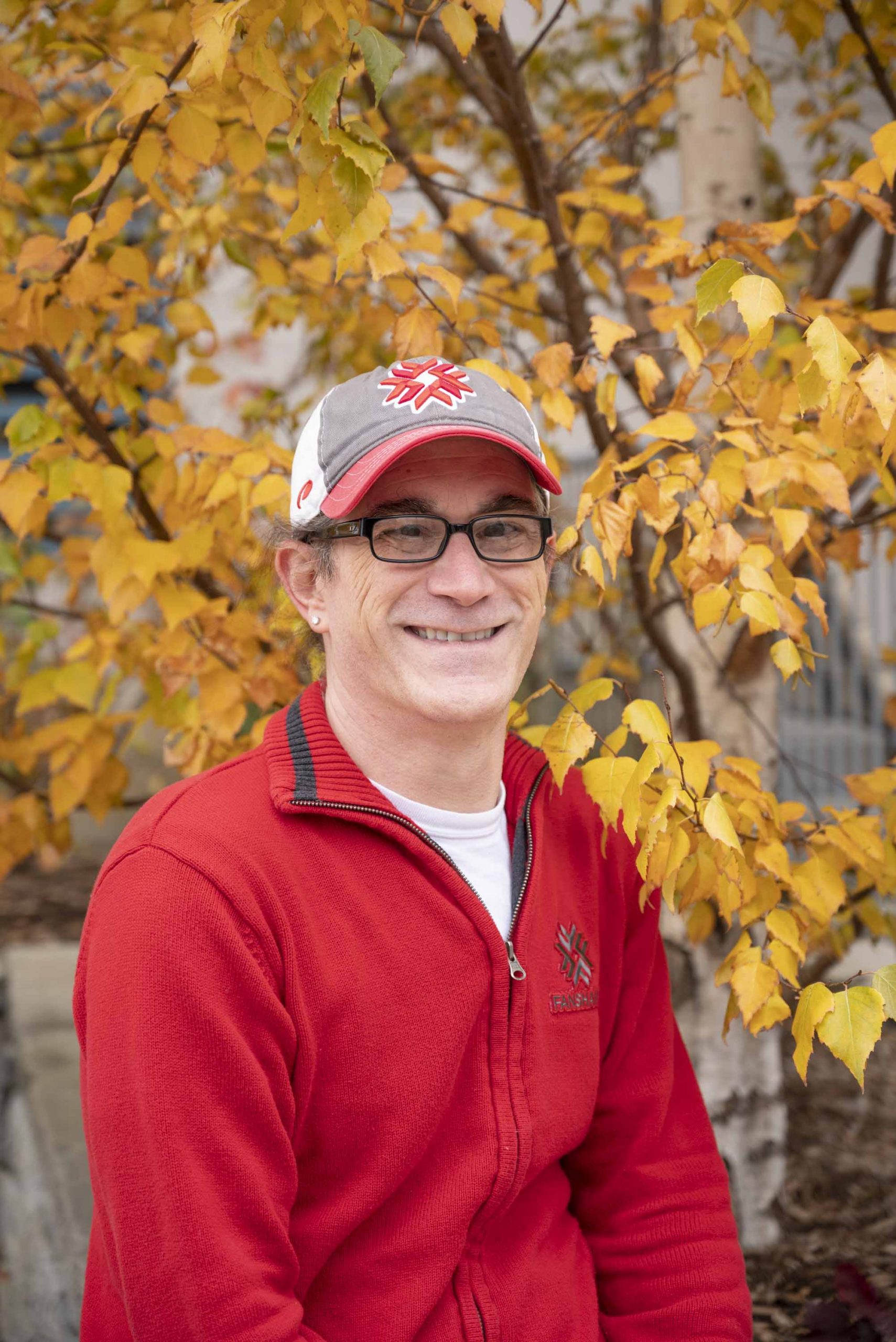Andrew Stracuzzi
Role: Faculty Lead and Quality Assurance Support

Describe your first introduction to the concept of OER? How has your understanding of Open changed by being part of a team advancing OER support?
As a faculty member with 20 years of teaching experience, my introduction to the concept of OER and open pedagogy came rather late. While I was familiar with open resources, my understanding was limited to the concept of teaching material that was “free for use” as opposed to work that contained a creative commons attribution where the author retains moral ownership of their work.
Being apart of the Fanshawe OER team has given me the opportunity to learn and apply concepts of OER to my everyday teaching and learning as a faculty member. In addition, the studio has given me the opportunity to collaborate with others in the learning process – my understanding of copyright, instructional design, graphic design, and accessibility, as well as the intricacies of using Pressbooks, H5P, and other open platforms has been expanded by being part of a team.
As the faculty lead, I have also been able to engage and educate other colleagues about the potential of OER use and creation, and I have been able to work on projects from a variety of disciplines outside my own field. Moreover, it has been rewarding to be part of a team that has the ability to advocate for change and promote innovation in teaching and learning in a way that benefits both students and faculty. The Covid 19 pandemic has shown the world of education that OER has and will continue to be an asset to 21st century learning.
In your OER role in the design studio, describe some of the challenges with creating OER material as you see it?
In my role as faculty lead, the major barrier to creating OER is time. Faculty need to have the opportunity and the incentive to take part in the process. Depending on the type of OER, the necessary time requirements can vary. Most faculty need to be given the appropriate time to create OER that suits their teaching and learning needs. As part of the Fanshawe Open OER studio, the creation of our grant process has significantly increased faculty buy-in. For OER to be successful within an academic setting, faculty must be recognized and compensated by their respective schools for contributing to open pedagogy.
In your role (whether instructional design, graphic design, project management, or administrative support) identify ONE benefit and ONE challenge you experienced in the design/delivery process.
In my role, one benefit has been the ability to work in a team environment with people of diverse skills. If I didn’t know how to do something, then another member of the team would be able to jump in and help. One challenge has been the ability to work independently during the pandemic; creating OER can be a solitary endeavor, and it can be quite time consuming and repetitive when working in Pressbooks, H5P, or with other open tools.
Andrew’s OER Tips
 In your respective role, share ONE best practice for OER creation?
In your respective role, share ONE best practice for OER creation?
In Pressbooks, when importing chapters from exiting OER, make sure to check the permalinks to each of your chapters. If a user changes the title of a chapter that has been imported, then you must also make sure to update the existing permalink. In Pressbooks, you can copy the title of the chapter and paste it into the permalink filed. Pressbooks will automatically format and update the link.

In your respective role, share ONE challenge you encountered and how to solve it?
One challenge is maintaining an organizational structure when working with faculty and team members. Creating one OER is quite manageable but creating 20 of them at the same time can be overwhelming. After trying various tactics and tools, we developed a set of design guidelines, identified best practices, and set up a virtual communication strategy for both faculty/SME interaction and team collaboration. We switched to an agile project management approach, which helped significantly with overall productivity. We were able to assign tasks and projects appropriately by establishing clear deadlines for completion. Most importantly, we were able to use” downtime” between project creation cycles more effectively to be proactive for future tasks.

